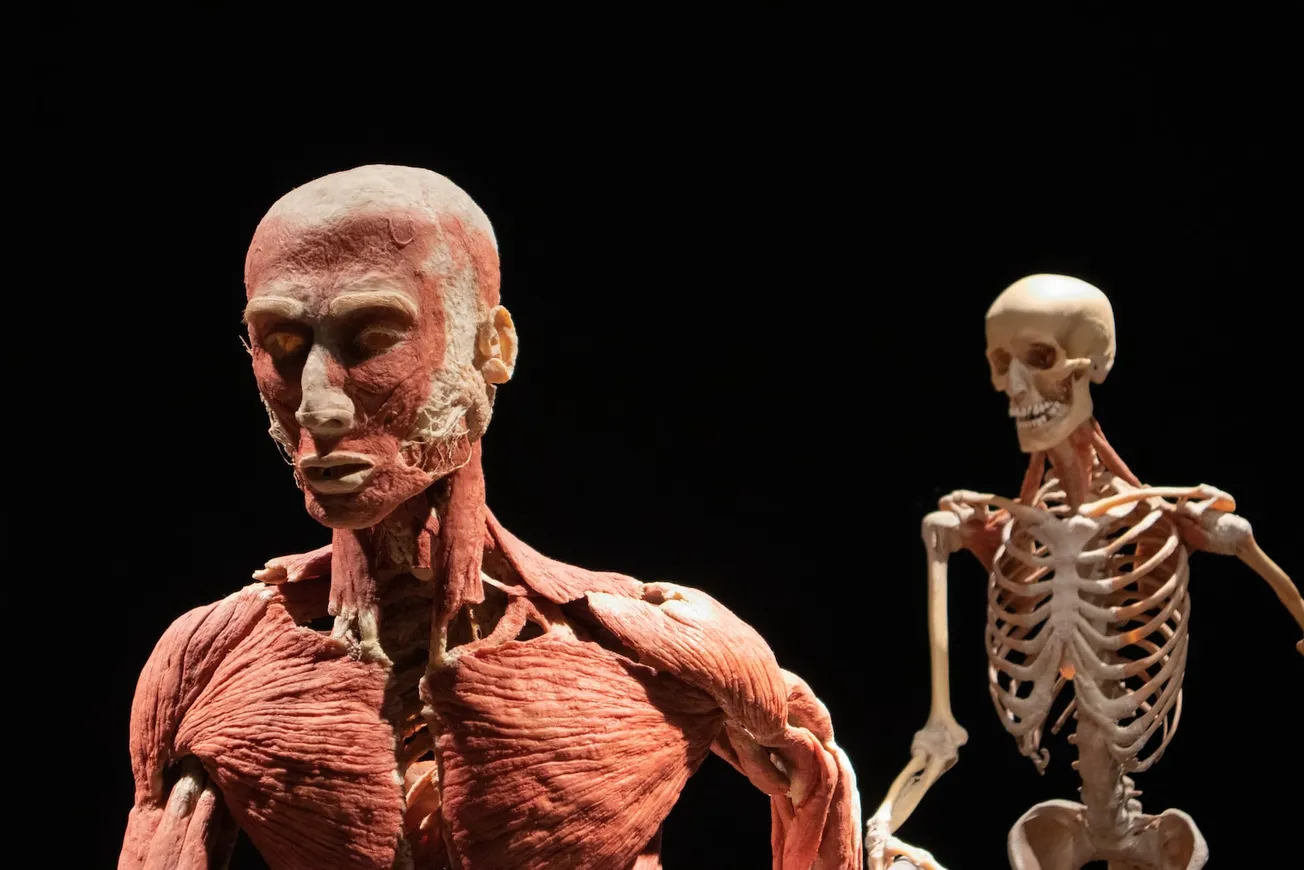Michael Cook
Michael Cook is the editor of MercatorNet. He lives in Sydney, Australia.
Last year an Oxford expert in transhumanism published “Future Superhuman: Our transhuman lives in a make-or-break century”. Elise Bohan, an Australian, argued that “ape-brained meat sacks” (aka human beings) need to be upgraded with technology to meet the challenges of the 21st Century.
Twenty years ago, this would have seemed science fiction. But it’s no longer laughable. What happens if computers become “smarter” than humans? Many thoughtful people worry that rapid advances in artificial intelligence will make Humanity 1.0 obsolete. To stay competitive, we might need to upgrade to Humanity 2.0.
That’s the background for Bohan’s fascinating debate with Mary Harrington, a columnist at Unherd, the British online magazine.
Harrington is a shrewd observer of contemporary culture and a transhumanist sceptic. Her argument is that we already live in a transhumanist society. And the experience has been altogether negative.
This era began in the mid-twentieth century, with a biomedical innovation that radically changed what it is to be a human, in the human social order: reproductive technology.
The Pill was the first transhumanist technology: it set out not to fix something that was wrong with ‘normal’ human physiology — in the ameliorative sense of medicine up to that point — but instead it introduced a whole new paradigm. It set out to interrupt normal in the interests of individual freedom …
[…] Nearly every adult woman in the developed world has implicitly accepted the belief that full adult female personhood is structurally reliant on technologies that interrupt normal female fertility. And by the definition I opened with, that makes nearly every adult woman in the developed world a transhumanist.
The kind of unconscious transhumanism which Harrington alludes to is rapidly being hard-wired into contemporary society. This happens in two ways: in our dependence upon technology for mediating our experience of the real world, and in constantly redefining humanity.
To demonstrate the former, let’s quote the Chief Justice of the US Supreme Court, John Roberts. In a 2014 case about privacy rights and modern technology, he wrote:
“modern cell phones … are now such a pervasive and insistent part of daily life that the proverbial visitor from Mars might conclude they were an important feature of human anatomy.”
He hit the nail on the head: technology has become indispensable, not just to enable us to do more physical work, but as a substitute for personal interaction. In any crowd, or office, or classroom or family meal, more people will be looking at their phones than at each other.
Technology pervades every aspect of our life today, from fitness trackers to Wikipedia. We upload our heartbeats to the cloud and from the cloud we download our knowledge. Players of video games often prefer the fantasy of virtual reality to real life. We take drugs to dispel depression, to give us an edge in exams or to calm fractious children. Improvements in ChatGPT will make it unnecessary to write essays.
All of these developments are creating an intellectual atmosphere in which the aspirations of transhumanism – an end to illness, immortality, uploading our brains to the internet — become ever more plausible.
Is this something to look forward to? Harrington has her doubts. She observes that technology, despite its liberating promises, is a scarce commodity which is governed by the rule of the market:
And where technology is used to “liberate” us from the kind of givens — such as normal female fertility — that were previously managed, pragmatically, by social or legal norms, what replaces it isn’t a human ‘person’ free from ‘nature’ but a market in which that ‘nature’ becomes a set of supply and demand problems …
We’re already well into the transhumanist era. But the story so far suggests that far from delivering utopia, what it mostly delivers is a commodification of the human body that disproportionately benefits those who already have power and privilege.
Besides, transhumanism comes with some controversial companions. Redefining human life is its central theme – which explains why transgenderism (as well as homosexuality and redefining marriage) is so compatible with transhumanism. As Martine Rothblatt, who is probably the America’s most famous and wealthiest transwoman, wrote in a co-authored book From Transgender to Transhuman:
transhumanism arises from the groins of transgenderism. As reasoning beings, we must welcome this further transcendence of arbitrary biology, and embrace in solidarity all conscious life.
Nearly all transhumanists are atheists, so their philosophy is incompatible with traditional Judaeo-Christian beliefs. But Harrington observes that it excludes old-fashioned humanism as well. If transhumanism were to prevail, there would be a massive cultural and ethical revolution:
You can’t have transhumanism without throwing out humanism. And if people are just “ape-brained meatsacks” as Elise describes, urgently in need of upgrading, what possible reason could we have for objecting to a market in human organs? Or infanticide? Or genetically engineering the masses to be more docile? All these are only repellent when held against a humanist anthropology.
Transhumanism was once called the world’s most dangerous idea. Nowadays it has a number of competitors for that accolade. But the notion of using technological crutches to do the hard work of being human is seductive. It may be absurd, but it is still dangerous.








